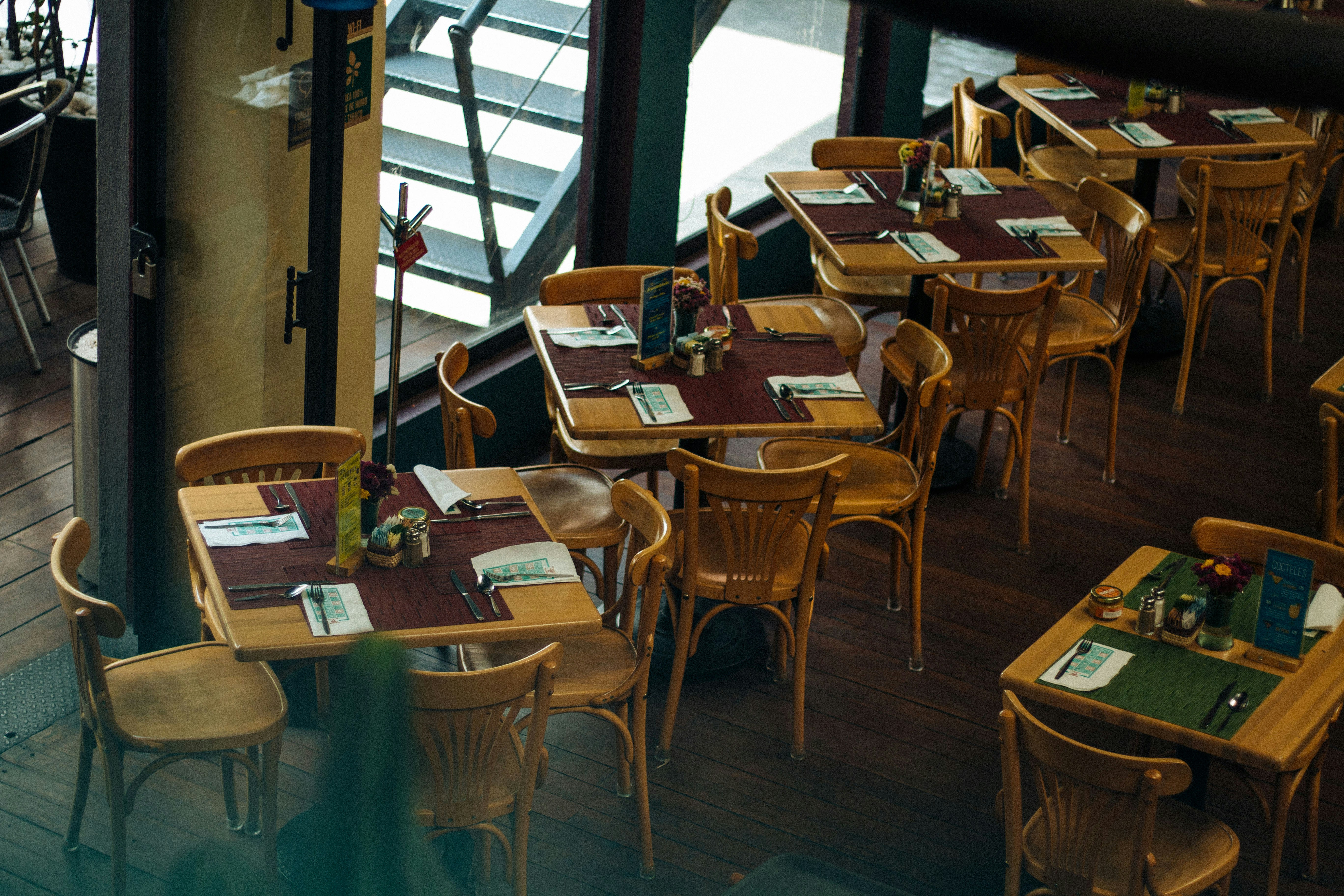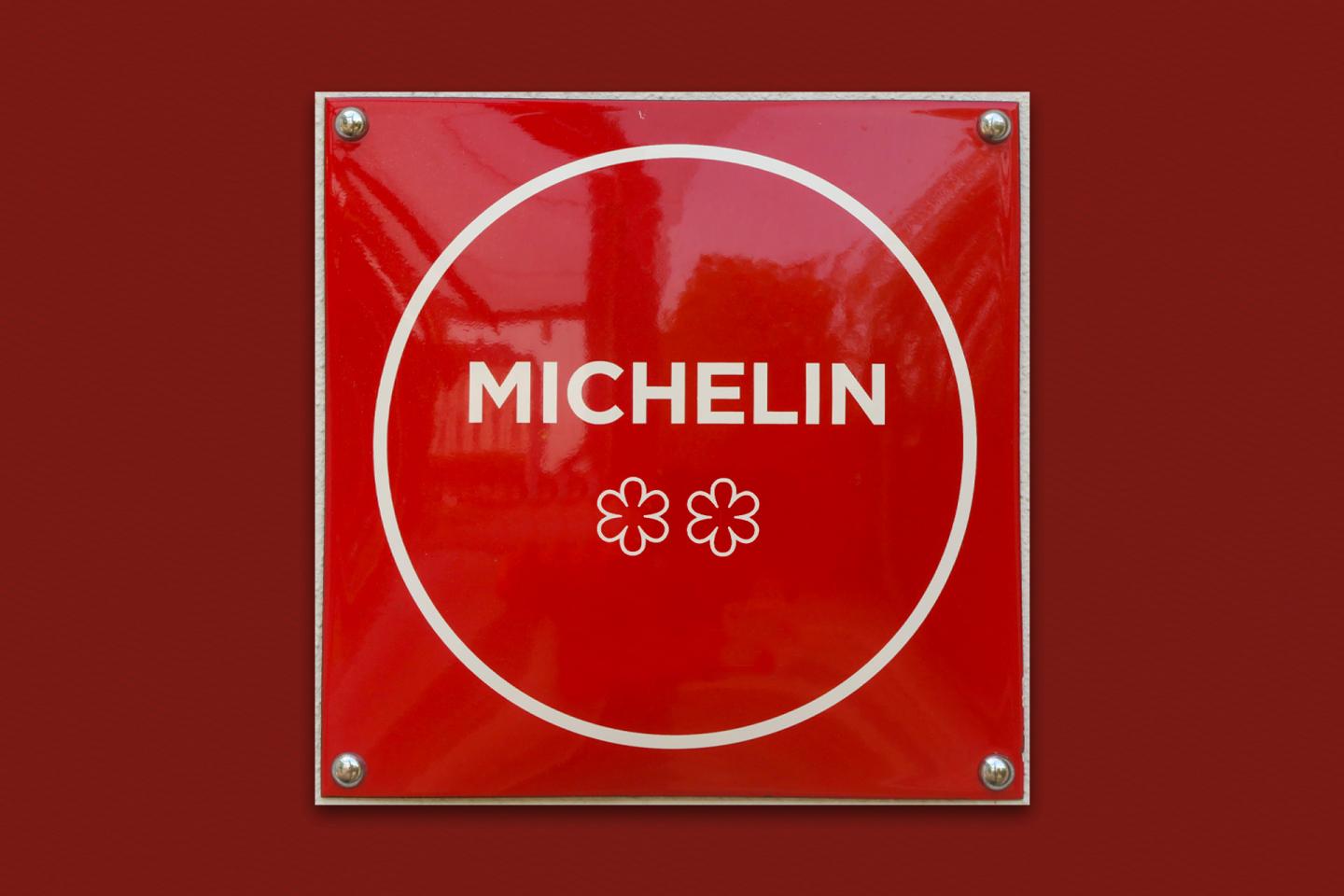Engineering the Menu: The 5 Principles That Drive Sales & Upsells or Menu Engineering 101: Stars, Plowhorses, Puzzles & Dogs
Five key principles of menu engineering every restaurant and café should focus on
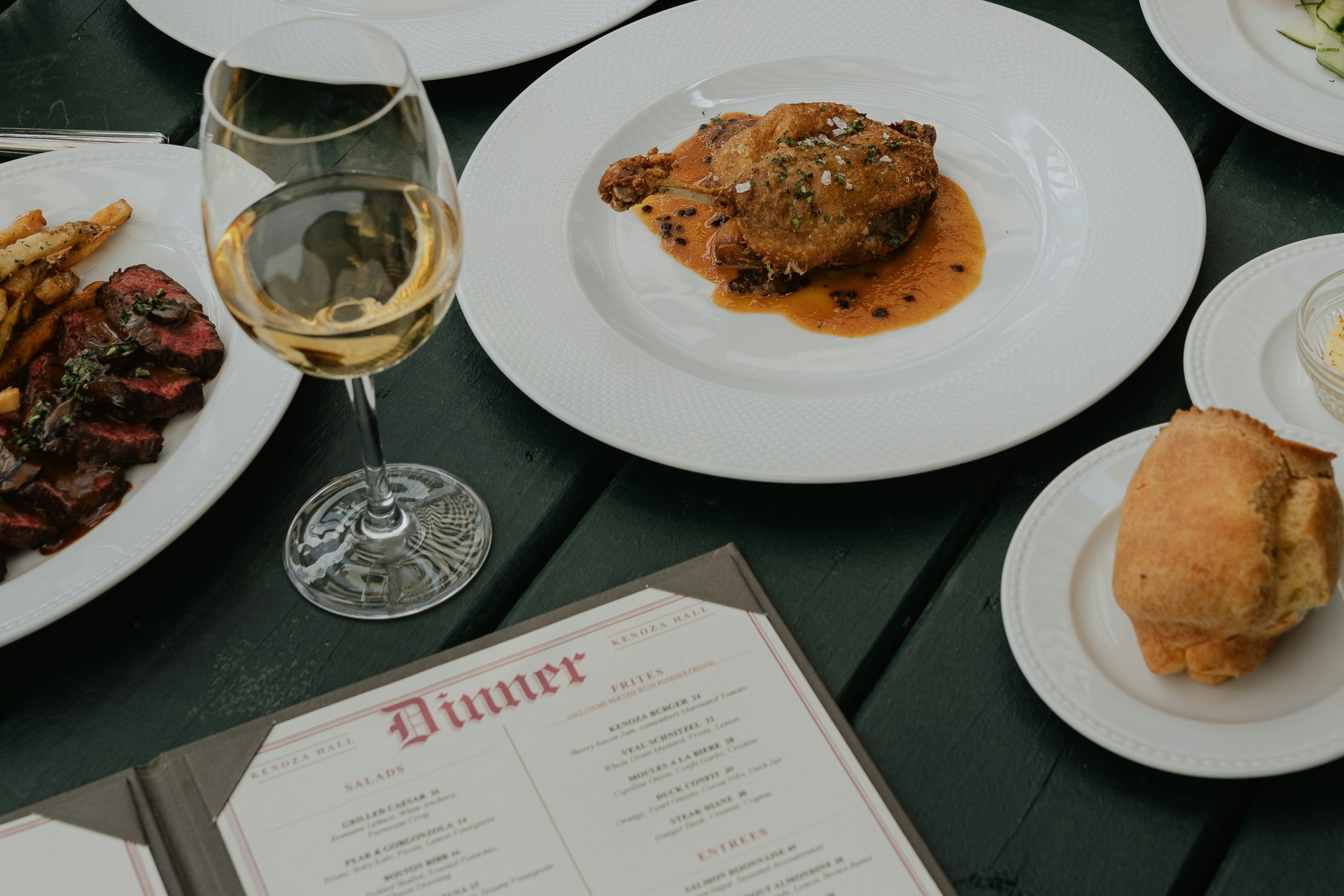
In hospitality, your menu is more than just a list of items — it’s one of your most powerful sales tools. A well-engineered menu can guide customer choices, highlight your most profitable dishes, and increase average order value without adding extra strain on your team.
At Places App, we’ve seen how even small tweaks can deliver a big impact. Below are the five key principles of menu engineering every restaurant and café should focus on — plus how each can create natural upsell opportunities.

1. Know Your Stars, Plowhorses, Puzzles, and Dogs
Menu engineering starts with analysing both profitability and popularity. Every item falls into one of four categories:
⭐ Stars – High Popularity, High Profit
These are your heroes: best-sellers with strong margins.
Example: A café’s Signature Flat White that customers order daily, delivering excellent profit.
Strategy:
- Highlight Stars visually in “sweet spots” (top right corner on a printed menu, first scroll on digital).
- Train staff to recommend them.
- Avoid unnecessary discounts — customers already love them.
Upsell Tip: Pair Stars with add-ons (e.g., offer a pastry with the flat white).
🐴 Plowhorses – High Popularity, Low Profit
Customer favourites with thin margins.
Example: A classic burger that’s popular but costly to produce.
Strategy:
- Adjust portion sizes or recipes to improve profitability.
- Make careful price increases if possible.
- Bundle with higher-margin sides or drinks.
Upsell Tip: Encourage upgrades — “swap to sweet potato fries” or “add a craft beer.”
❓ Puzzles – Low Popularity, High Profit
Items with great margins but low demand. Usually a marketing or visibility issue.
Example: A truffle pasta hidden deep in the menu that few customers try.
Strategy:
- Improve naming and descriptions (Decadent Truffle Tagliatelle sounds more tempting).
- Highlight visually or promote as a “chef’s recommendation.”
- Place near Stars to catch attention.
Upsell Tip: Train staff to recommend Puzzles when guests ask for suggestions.
🐶 Dogs – Low Popularity, Low Profit
Unpopular items that add little value.
Example: A soup that sells rarely, requires extra ingredients, and has low margins.
Strategy:
- Consider removing Dogs altogether.
- Keep only if they serve a brand purpose (e.g., vegan option).
- Avoid giving them menu space over Stars or Puzzles.
Upsell Tip: Minimal — these are best simplified or cut.
📊 By categorising your dishes this way, you can prioritise Stars, rework Plowhorses, push Puzzles, and minimise Dogs — creating more space for upselling opportunities.
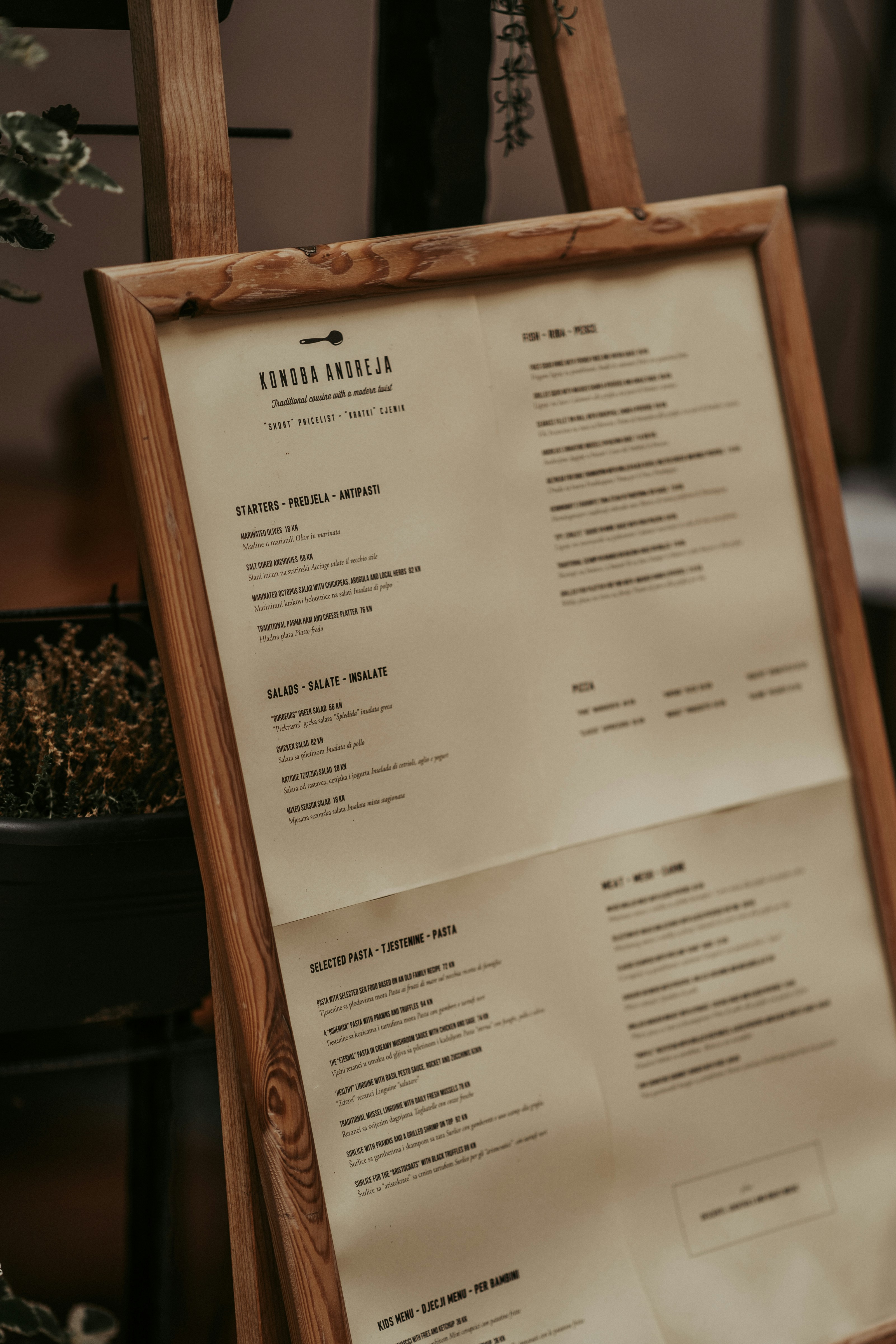
2. Menu Layout & Design Psychology
Where you place items is just as important as what you serve. Eye-tracking research shows diners are naturally drawn to certain areas — the top right corner of a menu or the first scroll of a digital list.
Strategy:
- Showcase Stars and Puzzles in these “sweet spots.”
- Use subtle highlights like boxes, icons, or chef’s picks.
- On digital menus, A/B test layouts to see which arrangement drives higher sales.

3. Language & Descriptions That Sell
Words create appetite. Descriptions should be sensory, concise, and enticing.
Example: Instead of “Grilled Salmon,” write “Chargrilled Salmon with Lemon Butter Glaze.”
Tips:
- Highlight provenance (“locally sourced,” “organic”).
- Use indulgent, sensory words (“crispy,” “creamy,” “signature”).
- Keep it short — too much text can overwhelm.
Strong descriptions not only sell better, they also make premium items more appealing, creating natural upsell potential.
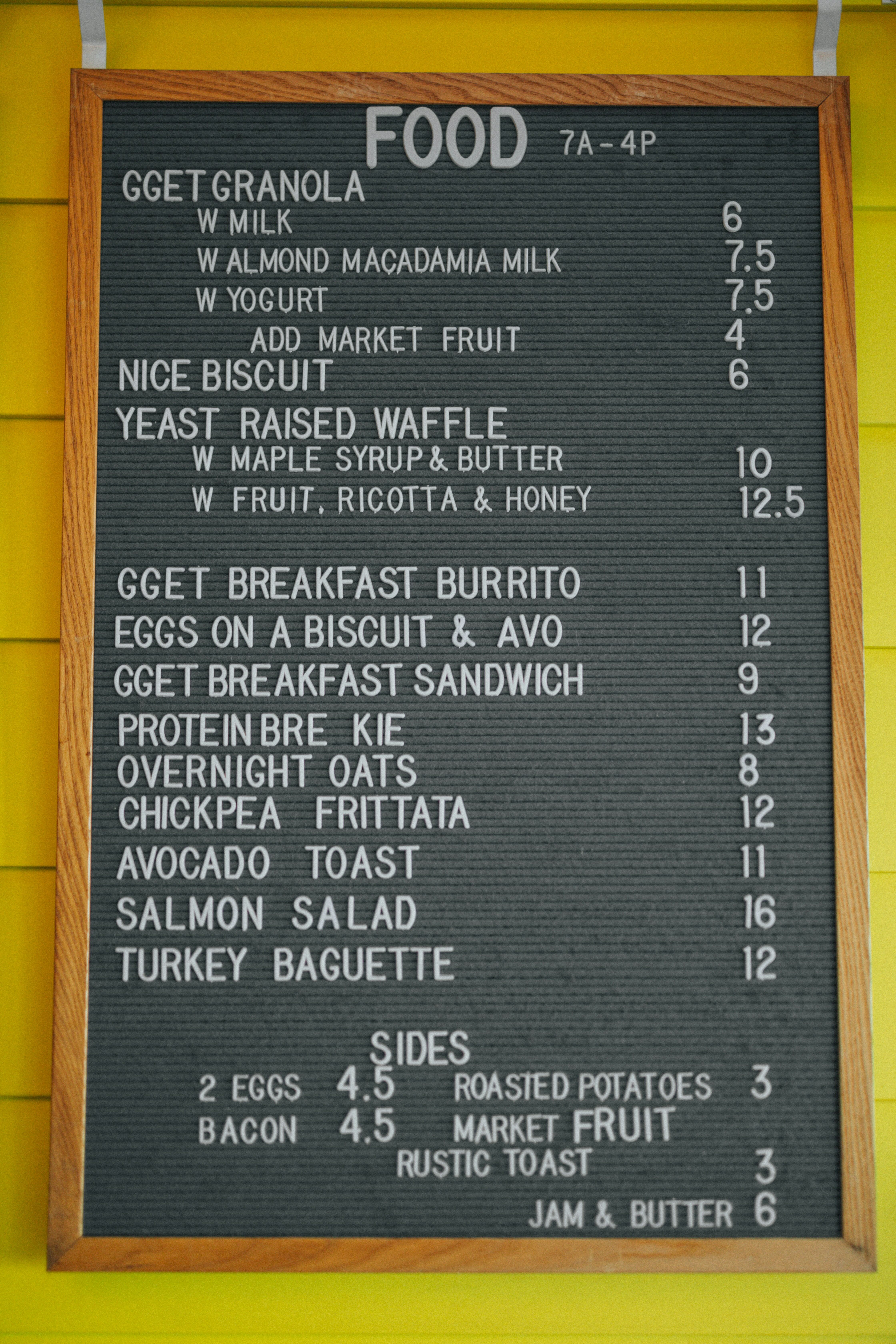
4. Smart Pricing Strategies
Pricing is about psychology as much as cost. Guests often gravitate toward the middle option — not the cheapest, not the most expensive.
Tactics:
- Use price anchoring: put a high-end item beside a mid-range one to make the latter feel like better value.
- Remove currency symbols to reduce price sensitivity.
- Offer bundles or add-on deals (e.g., sides + drinks).
Digital menus can automate this with upsell prompts: “Would you like fries with that?”
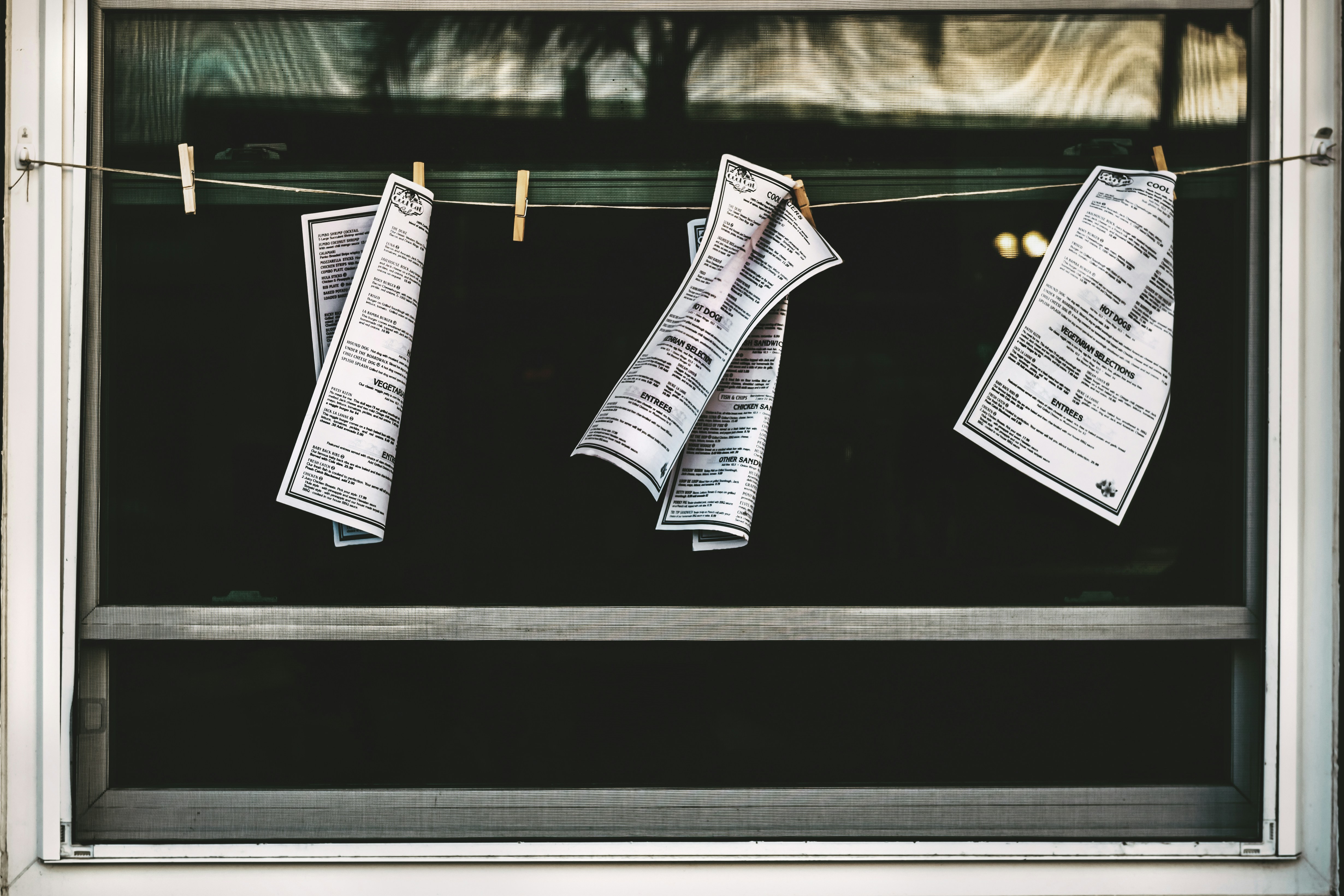
5. Leverage Technology for Upsells
Unlike static menus, technology can personalise and adapt in real time.
With Places App, for example:
- Upsell prompts appear at checkout for desserts, sides, or drinks.
- Dynamic recommendations suggest bestsellers or perfect pairings.
- Data insights show which items are your customers favourite— so you can adjust pricing, descriptions, or promotions quickly.
This transforms your menu from a static tool into an active sales channel.
🎯 The Bottom Line
Menu engineering isn’t about tricking guests — it’s about making choices easier, experiences better, and operations more profitable.
By combining item analysis (Stars, Plowhorses, Puzzles, Dogs) with smart design, persuasive language, strategic pricing, and technology-powered upsells, your menu becomes more than a list of dishes.
It becomes a silent salesperson that drives revenue shift after shift.
Emphasize your product's unique features or benefits to differentiate it from competitors
In nec dictum adipiscing pharetra enim etiam scelerisque dolor purus ipsum egestas cursus vulputate arcu egestas ut eu sed mollis consectetur mattis pharetra curabitur et maecenas in mattis fames consectetur ipsum quis risus mauris aliquam ornare nisl purus at ipsum nulla accumsan consectetur vestibulum suspendisse aliquam condimentum scelerisque lacinia pellentesque vestibulum condimentum turpis ligula pharetra dictum sapien facilisis sapien at sagittis et cursus congue.
- Pharetra curabitur et maecenas in mattis fames consectetur ipsum quis risus.
- Justo urna nisi auctor consequat consectetur dolor lectus blandit.
- Eget egestas volutpat lacinia vestibulum vitae mattis hendrerit.
- Ornare elit odio tellus orci bibendum dictum id sem congue enim amet diam.
Incorporate statistics or specific numbers to highlight the effectiveness or popularity of your offering
Convallis pellentesque ullamcorper sapien sed tristique fermentum proin amet quam tincidunt feugiat vitae neque quisque odio ut pellentesque ac mauris eget lectus. Pretium arcu turpis lacus sapien sit at eu sapien duis magna nunc nibh nam non ut nibh ultrices ultrices elementum egestas enim nisl sed cursus pellentesque sit dignissim enim euismod sit et convallis sed pelis viverra quam at nisl sit pharetra enim nisl nec vestibulum posuere in volutpat sed blandit neque risus.
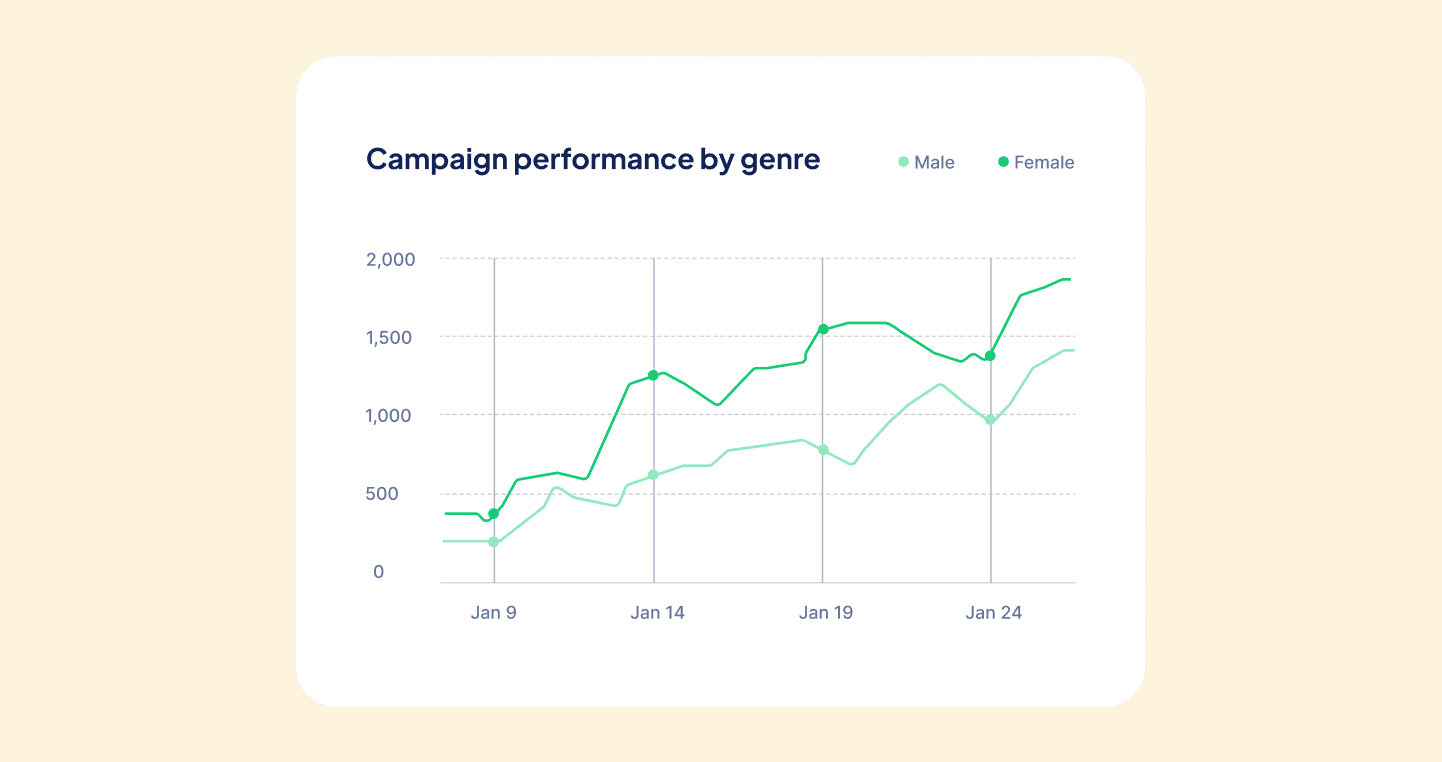
Use time-sensitive language to encourage immediate action, such as "Limited Time Offer
Feugiat vitae neque quisque odio ut pellentesque ac mauris eget lectus. Pretium arcu turpis lacus sapien sit at eu sapien duis magna nunc nibh nam non ut nibh ultrices ultrices elementum egestas enim nisl sed cursus pellentesque sit dignissim enim euismod sit et convallis sed pelis viverra quam at nisl sit pharetra enim nisl nec vestibulum posuere in volutpat sed blandit neque risus.
- Pharetra curabitur et maecenas in mattis fames consectetur ipsum quis risus.
- Justo urna nisi auctor consequat consectetur dolor lectus blandit.
- Eget egestas volutpat lacinia vestibulum vitae mattis hendrerit.
- Ornare elit odio tellus orci bibendum dictum id sem congue enim amet diam.
Address customer pain points directly by showing how your product solves their problems
Feugiat vitae neque quisque odio ut pellentesque ac mauris eget lectus. Pretium arcu turpis lacus sapien sit at eu sapien duis magna nunc nibh nam non ut nibh ultrices ultrices elementum egestas enim nisl sed cursus pellentesque sit dignissim enim euismod sit et convallis sed pelis viverra quam at nisl sit pharetra enim nisl nec vestibulum posuere in volutpat sed blandit neque risus.
Vel etiam vel amet aenean eget in habitasse nunc duis tellus sem turpis risus aliquam ac volutpat tellus eu faucibus ullamcorper.
Tailor titles to your ideal customer segment using phrases like "Designed for Busy Professionals
Sed pretium id nibh id sit felis vitae volutpat volutpat adipiscing at sodales neque lectus mi phasellus commodo at elit suspendisse ornare faucibus lectus purus viverra in nec aliquet commodo et sed sed nisi tempor mi pellentesque arcu viverra pretium duis enim vulputate dignissim etiam ultrices vitae neque urna proin nibh diam turpis augue lacus.
Grow your brand with us!
.svg)

